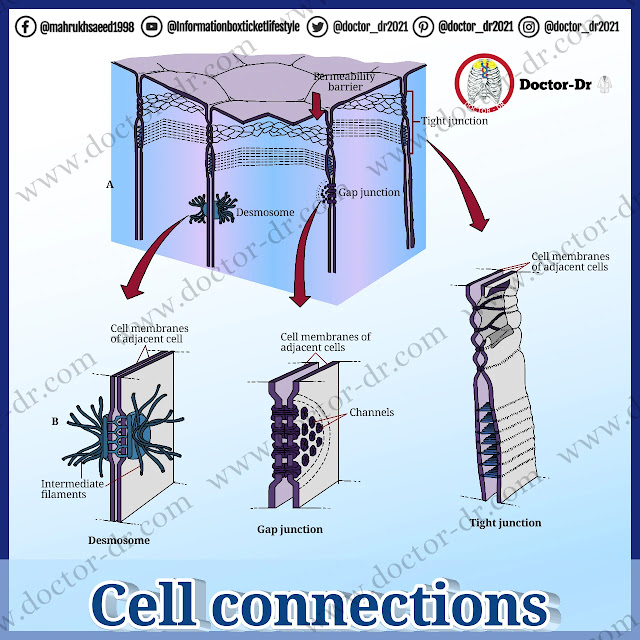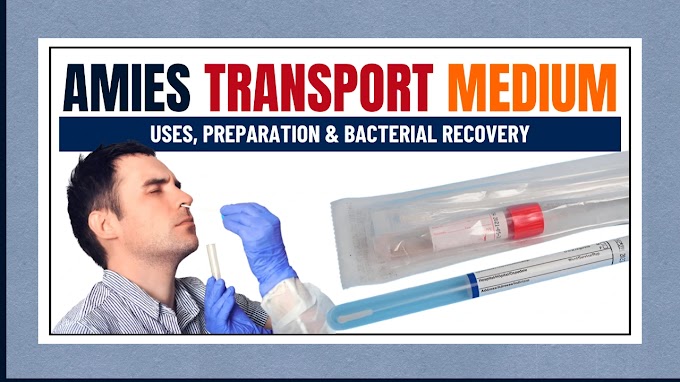- Cells are held together by either fibrous nets or direct connections.
- Desmosomes are like small spot welds that hold adjacent cells together.
- Fibers on the outer surface of each desmosome interlock with each other.
- Desmosomes are anchored internally by intermediate filaments of the cytoskeleton.
- Gap junctions are formed when membrane channels of adjacent plasma membranes adhere to each other.
- Gap junctions form gaps or "tunnels" that join the cytoplasm of two cells.
- Gap junctions fuse the two plasma membranes into a single structure.
- Certain molecules can pass directly from one cell to another through gap junctions.
- Impulses traveling along a membrane can travel over many cell membranes in a row without stopping because of gap junctions.
- Tight junctions occur in cells that are joined by "collars" of tightly fused membrane.
- Rows of membrane proteins that extend all the way around a cell fuse with similar membrane proteins in neighboring cells in tight junctions.
- Tight junctions hold an entire sheet of cells together tightly.
- Tight junctions occur in the lining of the intestines and other parts of the body.
- Molecules cannot permeate or spread through the cracks between cells bound together by tight junctions.
- The only way for a molecule to get past the intestinal lining is through a controlled channel or carrier molecules in the plasma membranes of the cells.
Cell Connections - Anatomy and Physiology Notes
May 03, 2023
0



~1.webp)

.webp)
.webp)
